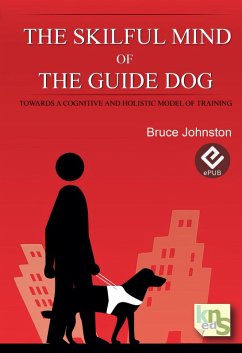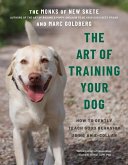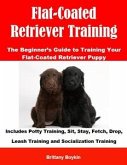This book will be of value to dog owners and professional trainers, education and training staff of guide dog schools, students of animal and human cognition, veterinary staff, and anyone who has a curiosity about how the guide dog does its job. For the dog to become a safe and fluent guide for a vision impaired person it will be necessary for it to employ the cognitive processes of selective attention, pattern recognition, categorisation, discrimination, prediction and the mental representation of knowledge and its translation into action. Above all the guide dog needs to be a confident decision maker and problem solver, capable of operating with purposeful intent within a set of rules. If the dog is to guide its vision impaired owner safely in town or city, stopping at kerbs, avoiding pedestrians and street furniture, manoeuvring around ladders and helping its owner cross roads safely, it will need to be much more than a well conditioned and unthinking robot!
Dieser Download kann aus rechtlichen Gründen nur mit Rechnungsadresse in A, B, BG, CY, CZ, D, DK, EW, E, FIN, F, GR, H, IRL, I, LT, L, LR, M, NL, PL, P, R, S, SLO, SK ausgeliefert werden.









